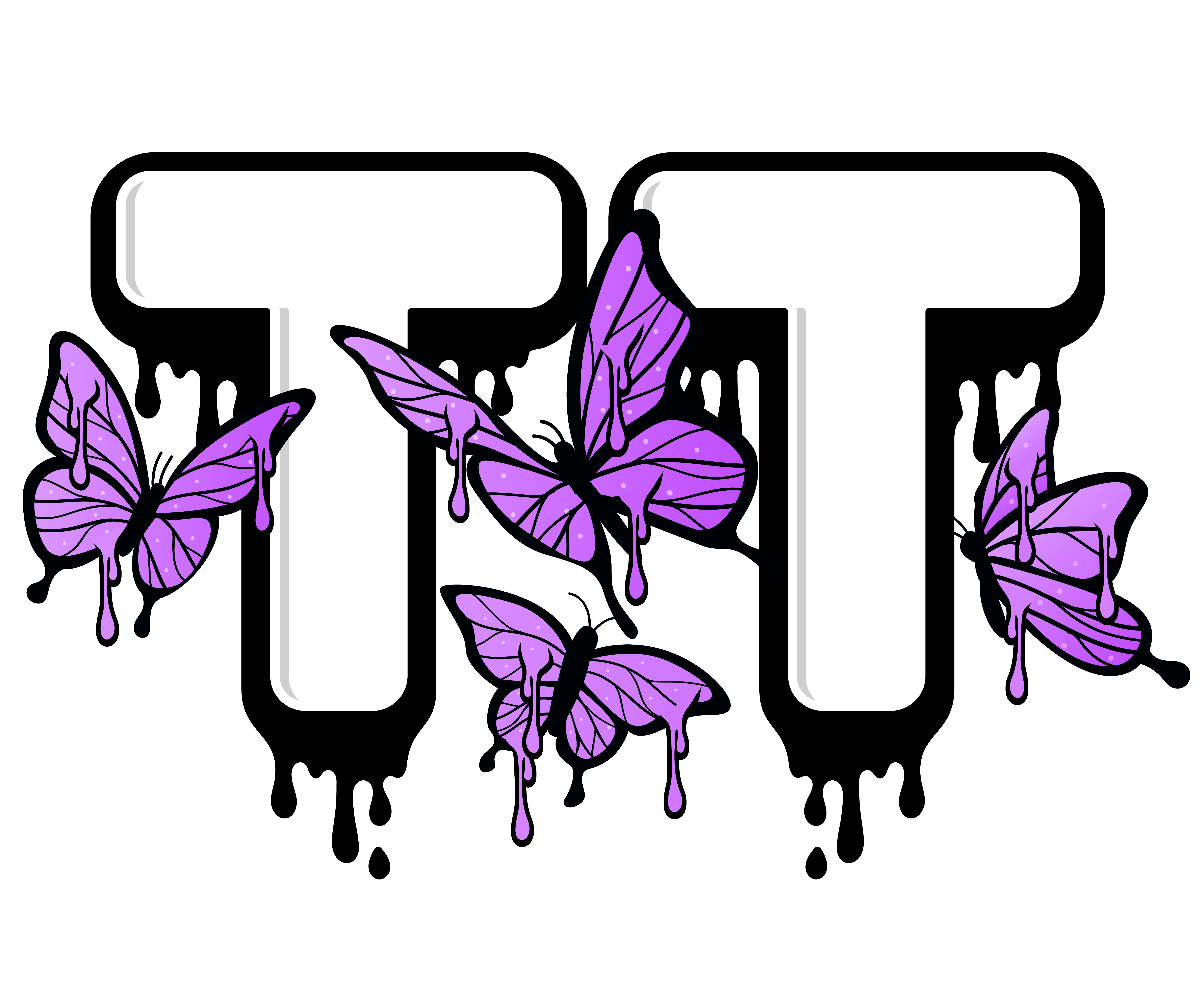
From the colorful festivals to the vibrant nightlife, I’ve always been drawn to the world of raves. The music, the unity, the entire experience has always captivated me. However, there’s a stereotype that tags along with being an avid raver: the assumption that I’m just another party person who indulges in excessive drugs. It’s a perception that’s not just limiting but also misses the entire essence of why many of us are drawn to raves in the first place.
The Media Construction and Its Implications
It’s hard to deny the influence of media in sculpting these perceptions. When raves or electronic dance music (EDM) festivals are portrayed in movies, shows, or even news segments, there’s an inevitable emphasis on the drug culture. While substance use is a reality in many party scenes, including raves, the sweeping generalization that everyone who attends is there primarily for drug use is highly inaccurate.
- Is someone’s perspective or story missing? Absolutely. Many of us attend raves for the love of music, the sense of community, and the spiritual experience of losing oneself in the rhythm. This side of the story often gets overshadowed by the more sensational aspects that media tends to highlight.
- Is information missing? Is context missing? The broader context of why raves originated and what they symbolize for many is frequently left out. Raves have roots in expression, unity, and freedom. Not all ravers are drug users, and not all drug users are ravers. The rave scene is diverse; painting everyone with the same brush is misleading.
- What information/biases/etc. are overt? Implied? The explicit narrative is that raves equate to drug consumption. Implicitly, attendees are seen less as music enthusiasts and more as thrill-seekers chasing their next high.
Examples in Media
“We Are Your Friends”: Zac Efron’s character enters a festival, and almost immediately, Emily Ratajkowski’s character, who’s “rolling,” hands him drugs. They dance, get high, and later sprint around the Vegas strip. While the scene captures a moment of wild abandon, it adds to the stereotype that drugs are at the epicenter of every rave.
Euphoria: Jules’ hallucination scene at a rave is deeply stereotypical, but I think it is worth mention that there were elements that Euphoria got right. Jules’ outfits and the sentiment leading up to the drug scene capture the raw, sometimes vulnerable allure of raves. It’s a mix of seeking escapism and self-expression, and her attire shows the eclectic, bold style statements often seen at these events.
It’s not just fiction. Real-life portrayals further drive these stereotypes. Take, for instance, this article from LA Weekly, titled “BAN ON RAVES PROPOSED AFTER TEENS DIE AT HARD FESTIVAL”. While the deaths are tragic and such issues need attention, branding the entire rave culture through such incidents is unfair. It portrays the narrative that raves are inherently dangerous, painting the scene in a negative light, even though countless raves occur without incidents and have more to offer than what’s depicted.
These media constructions can definitely be harmful. These portrayals not only stereotype an entire community but can lead to social stigmatization, potentially making ravers like me subjects of unwarranted scrutiny and judgment. On the flip side, media outlets and filmmakers often gain from these portrayals, as sensational stories draw bigger audiences. Also those in authority looking for reasons to regulate or ban such gatherings might leverage these narratives to their advantage.
Raves are my escape, my joy. They are not a backdrop for drug-fueled escapades, at least not for everyone. It’s time the media recognized this and painted a more comprehensive picture, one that respects the essence of rave culture and doesn’t just focus on its extremes.
